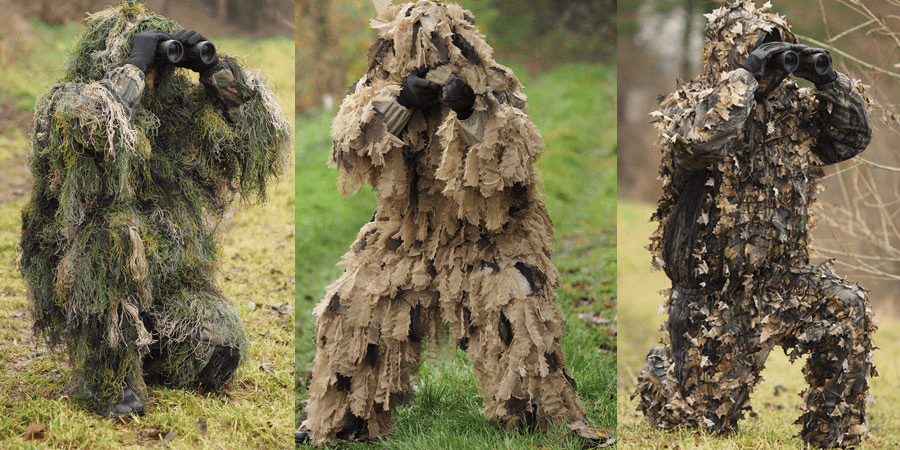Camouflage pattern Oak Leaf 3D
In which countries has the "Oak Leaf" camouflage pattern appeared during their military history?
First of all, it involves the "Waffen-SS Blurred Edge (Rauchtarnmuster)" camouflage pattern used in Nazi Germany during World War II. This pattern was used for all military uniforms of that time, as well as for tarps, specifically between 1941 - 1944. It is a three-color Oak Leaf type with bi-tone shadows in its design.
Regarding the type "SS Oak Leaf pattern" ("Eichenlaubmuster"), this is camouflage that occurred on the German side in both "common" and "ring" versions. As usual, it was used at that time for all local types of tarps and various clothing items and similar accessories.
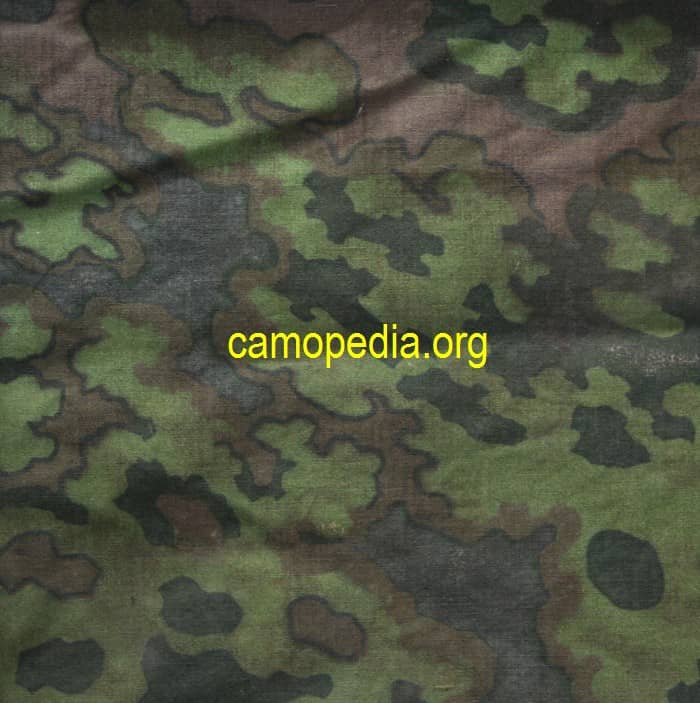
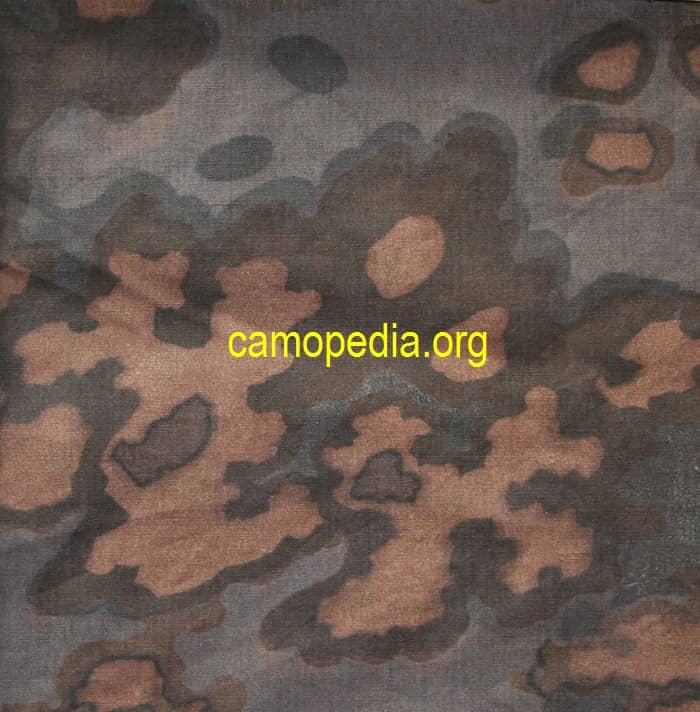
The Oak Leaf camouflage pattern (with the suffix "M89") also appeared in the Serbian army. This camouflage was produced for the JNA from 1990 and remained in general use by these forces until around 2003.
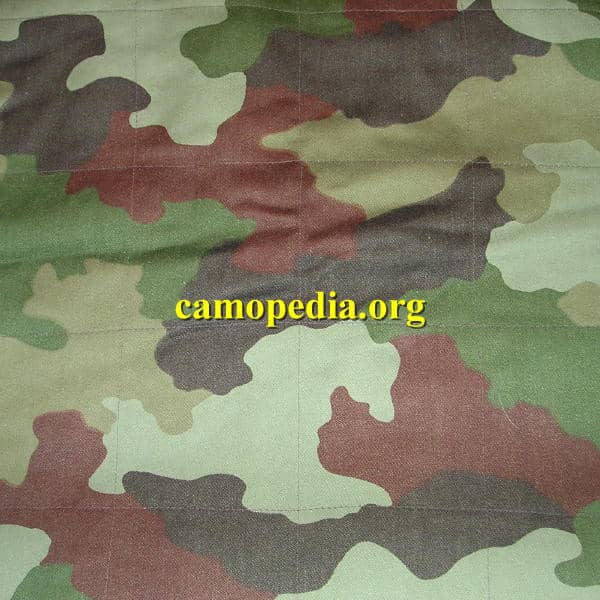
The same applies to Yugoslavia, which used the "Oak Leaf M93," "Oak Leaf M89," and "Oak Leaf M87" camouflage patterns. This type ("M86 small Oak Leaf" / "Type M87, small oak leaf") was the first "oak leaf" and was tested by local intelligence services of the 63rd Airborne Brigade and some local types of military police between 1986-1988. However, it was never officially adopted. Incidentally, it is an identical camouflage pattern to what Slovenia used, with the only minor difference being the color palette was somewhat different.
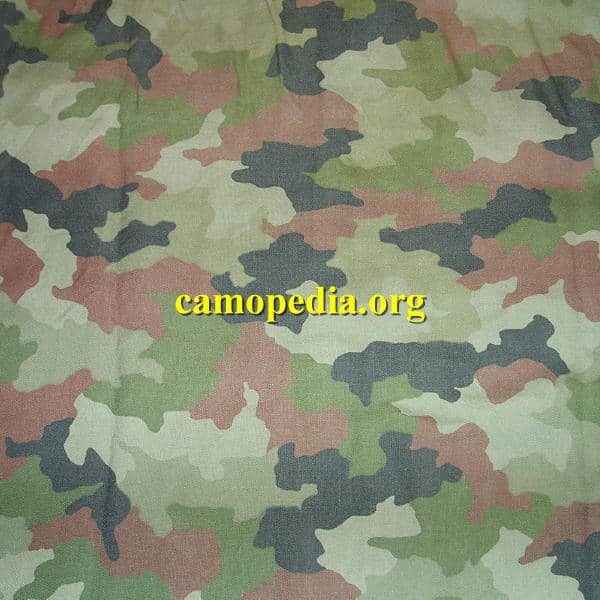
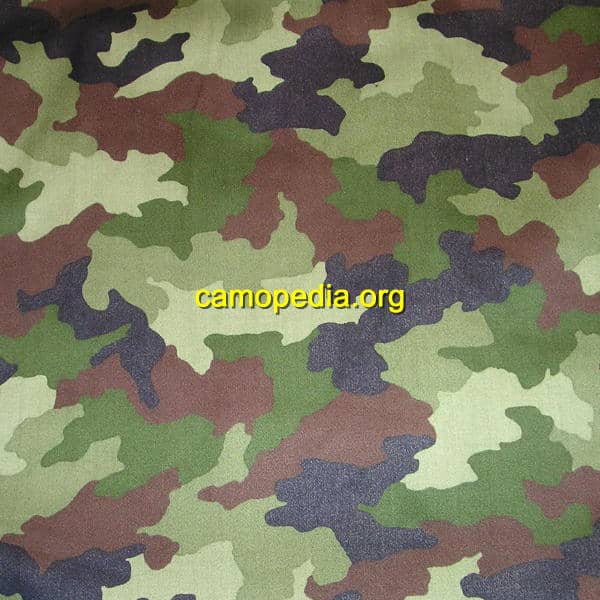
And here we have it. Here is a visual comparison between the "Slovenian Oak Leaf M91" and the "Yugoslavian Oak Leaf M89":
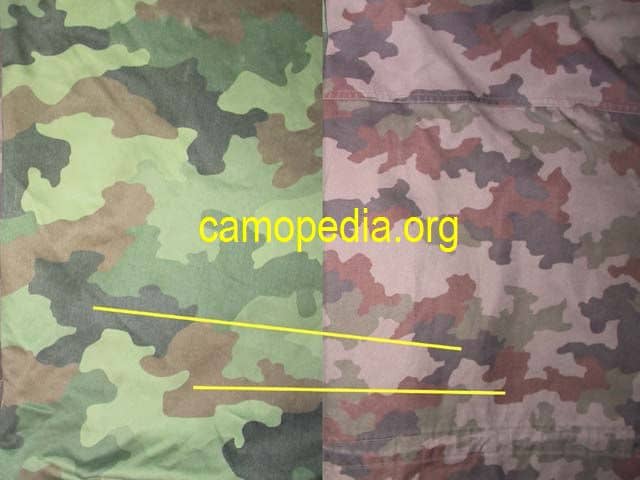
The Oak Leaf camouflage pattern also appeared in Georgia. It was seen here as this special camouflage type, which some elements of the Georgian forces used from around 2001. Incidentally, it's a Turkish surplus uniform type called "extended leaf." However, it is not known how long this camouflage might have remained in action.
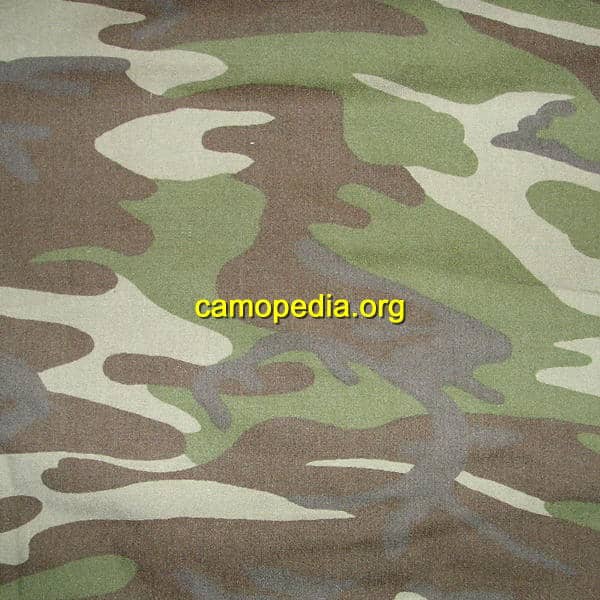
The Oak Leaf also appeared in Russia, though here it was no longer an oak leaf, but rather "berezka" / "Birch" or also "serebryanyy list" ("Silver leaf").
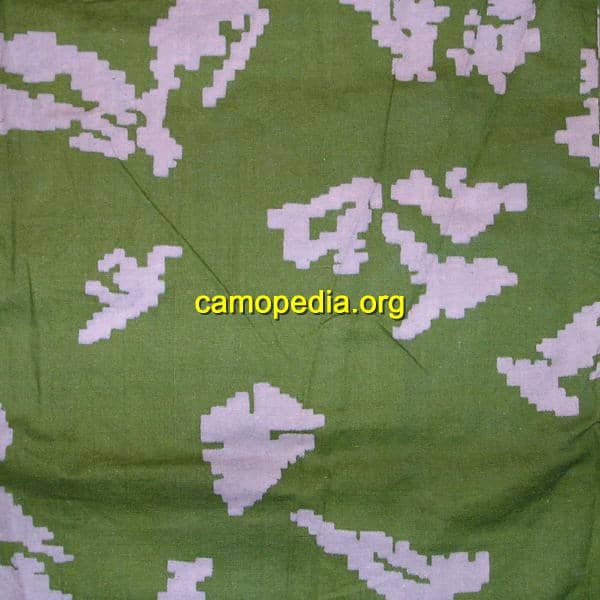
Around 2004, the modern Russian military forces adopted a camouflage pattern called "SS-lijeto" / "SS summer," which is heavily influenced by World War II camouflage, specifically the "German SS Oak Leaf" type. The uniform style is named "Partizan" and its summer version includes soil colors, dark brown, and sandy hues, all overlaid in various shapes on a moss-green background. As it turns out, it can also be reversed to become a slightly softer version. As for the autumn type, it includes black, soil, dark brown, ochre, and mossy green shapes on a sandy background. Evidently, this type can also be reversed for a softer design. Both of these camouflage patterns are popular among Russian special forces in the VSR and MVD, as well as with Spetsgruppa Alfa FSB, who were the original wearers. The "reversible" variant is named "Partizan-M" and includes coloring for spring nature (which, by the way, closely resembles the original German camouflage patterns). Autumn here generally has slightly softer colors.
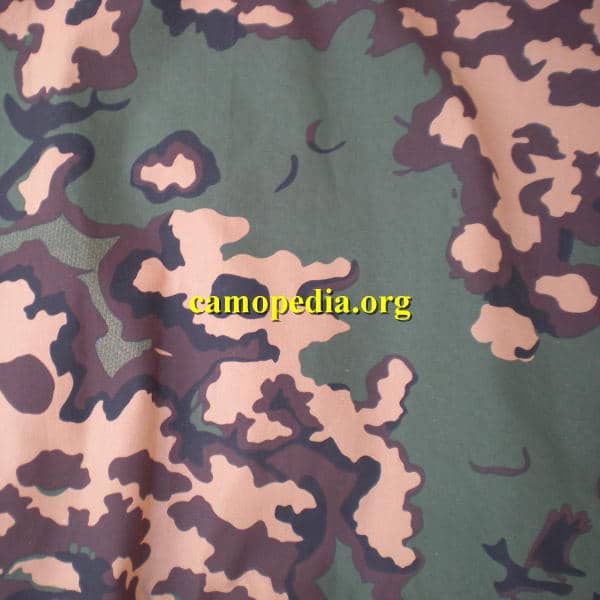
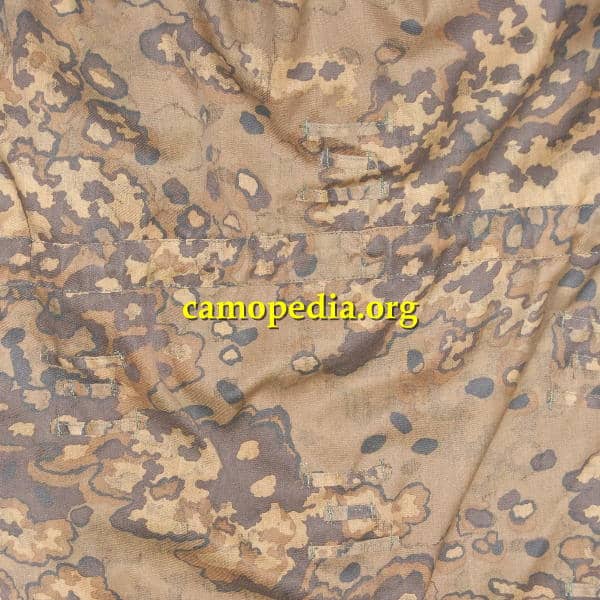
The "Oak Leaf" camouflage pattern is also used by Azerbaijan from 2001, specifically by its peacekeeping units. This type is not coincidentally nicknamed "flattened leaf" or "run-over leaf." As for worn uniforms, this is a Turkish export.

In Azerbaijan, there is also another local variant, which is already so different from the original Oak Leaf that we mention it only out of interest and completeness. People from "Azeri" wear a more contrasting variant that is found only locally.
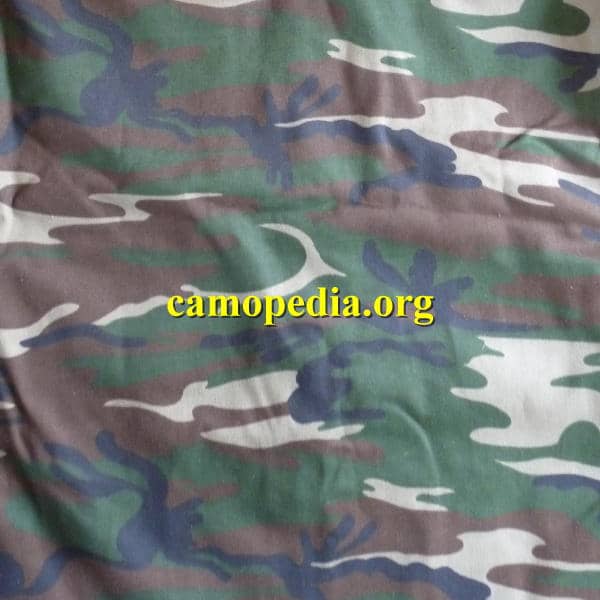
How do the "2D Oak Leaf" and "3D Oak Leaf" camouflage patterns differ?
As you could see from the text above, 100% of all these camouflage samples are "2D," meaning they attempt to apply their camouflage on the wearer by ordinary printing and color, aiming to achieve the best possible 3D effect with a 2D image. As we know, we do not live in a 2D world but in a 3D world.
While it's clear that 2D camouflage patterns have their advantages (easier manufacturing, color changes, printing, and implementation for governments), it's evident that when one truly wants to camouflage well, there is no choice but to use a real 3D type (also "Ghille"), whether purchased or self-made.
Furthermore, modern Ghilles and 3D camouflages are almost always made of synthetic materials, making them naturally much more durable than ordinary leaves. Logically, all such camouflage types are orders of magnitude more effective (a good ghillie is unnoticed from a few meters away).
